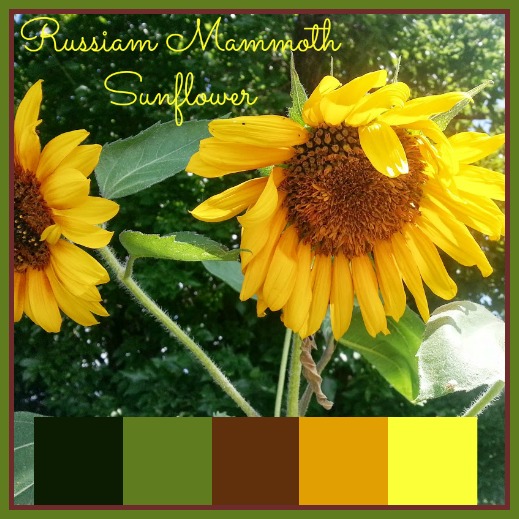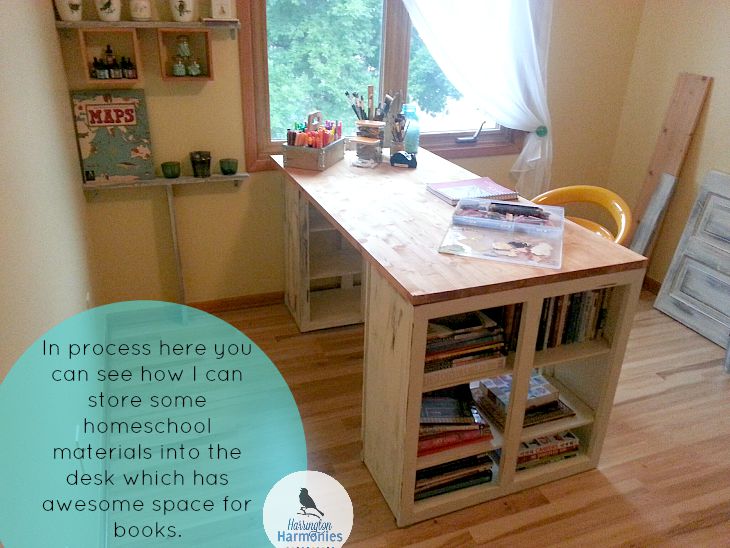Five things from our backyard nature study.
1. Millipedes and their importance to the soil.
2. Moss and it’s growing conditions.
3. The gray squirrel and it eating habits.
4. The bird that lives in my siding to raise it’s young.
5. The moth that looks like a leaf.
A dazzling millipede. We have already learned a ton about it. We believe it is from the family Polydesmida. Still looking for its common name, so if you know it, please comment, but it is one of the flat type millipedes. We always see his like when picking up the leaves that fall from the trees surrounding the house (a year long job around here just to keep near the house clear). Millipedes have a diet of dead leaves and are a key player in the soil food web. Contrary to popular myth most have less than 1,000 legs. The larger millipedes range to 750 legs while smaller have anywhere from 50-100.

Then there is the moss that is slowly taking over the yard. Really, grass can only grow where there is plenty of sun. So this isn’t the house for a yard. But there is a lot of other kinds of greenery such as
Ivy…

Shamrocks…

and Moss.
I think this moss looks amazing up close. We discussed what conditions moss needs to grow. And grow well here it does. Moss are non-vascular plants which means they have no vascular system. This is absolutely why they grow well here. They dont have to have roots into the ground so they can grow on tree roots, rocks, and the like. Competition is weak here, as I said the lawn isn’t making it, so moss will find it’s place where others can’t make it. And since moss absorbs water into its leaves, it makes it well adapted to this shady wet environment. I am pretty sure my soil is acidic since there are so many fir trees and this particular moss must also be just fine with that.Moss can grow in difficult places.
On to the gray squirrel who lives in our tree, whom we affectionately call “Peanut”. It is an ordinary thing to see lots of squirrels in our neighborhood. But what was striking today was the behavior we observed. How carefully he watched us to make sure we weren’t getting too close. He must have just come back from scavenging food. Can you guess what he holds in his mouth for eating? The Eastern Gray Squirrel loves it’s mushrooms!

He’s eating a mushroom. And we discussed that he knows what kinds to eat and what kind not to.
 Once he got concerned enough, he scampered off to his nest to secure his safety. Believe it or not there is a bird that lives in the siding of my house. A built in bird house! My son can hear the babies in the nest and other fluttering in his bedroom wall.
Once he got concerned enough, he scampered off to his nest to secure his safety. Believe it or not there is a bird that lives in the siding of my house. A built in bird house! My son can hear the babies in the nest and other fluttering in his bedroom wall.
 These pictures don’t do the bird justice. She is beautiful. She has brilliant blue on her tail and wing. The babies have already hatched. Here she is bringing food them. This Eastern Bluebird feeds her young.
These pictures don’t do the bird justice. She is beautiful. She has brilliant blue on her tail and wing. The babies have already hatched. Here she is bringing food them. This Eastern Bluebird feeds her young.

She is an Eastern Bluebird. I am sure of it. She is less blue as a female but I have seen the male visit as well and he is very blue. I feel blessed to have them as summer visitors as the nest is here only in the spring and summer to raise young. Once the young birds are old enough they fly away, then I wont be seeing them the rest of the season.Speaking of food supply, there is a lot of food here for these birds. Which is surely a reason to nest here even though so close to humans. She can find plenty for her birds to eat.
Spiders
Worms…
And moths.
This was an excellent opportunity to discuss camouflage. This snout moth needs to look like a leaf to hide from the many birds nearby, such as my bluebirds. This moth is closest to or is Renia Sobrialis. One of the 13 species of the genus Renia. Took me forever to find that guy. But the distinguishing marks are on his wings..the small yellow spots and his definite snout type nose. This snout moth is hard to see among the leaves.

We found out so much more about our “one small square” by taking just a little time to see the extraordinary right outside my door. Check out the other blogs included in the Blog Carnival below or submit to the next carnival at the Handbook of Nature Study Blog: Outdoor Hour Challenge.























